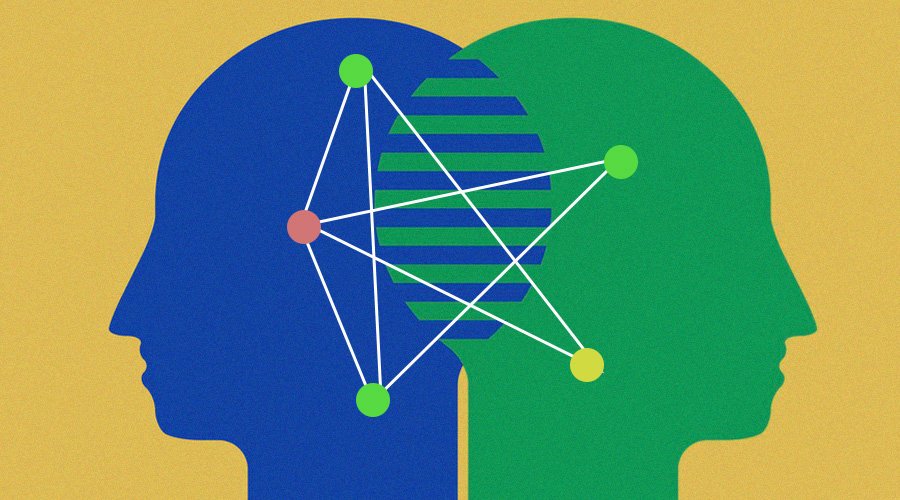Source – https://www.analyticsinsight.net/
Medical practitioners have been putting heavy emphasis on the enhancement of precision medicine and inventing a novel and effective cures for complex diseases. A pertinent mention here can be of neurobots that can penetrate the blood-brain barrier to deliver drugs in the infected areas without severe side effects. In recent days, doctors are striving to exhume a framework that may help to accelerate precision medicine and the development of advanced treatments for diseases.
AI, on the other hand, has made several advances in healthcare, transforming the infrastructure to what suits modern-day medical practices.
A study published in Nature Machine Intelligence asserts that the study provides an important framework on machine learning that decodes rules by which target sites can be captured and be kept in bounds. This machine learning framework is also able to identify non-coding nucleotides with strong effects in binding.
The majority of us are aware of the complex eye and brain diseases in humans while the causes of them are unknown still. Over 73% of people, every year, fall victims to such diseases and are subject to death because of a lack of a medical framework that can adeptly deal with such sensitive medical cases. Medical practitioners look forward to high-end technologies such as artificial intelligence and machine learning.
The Objective of the Framework and Understanding the Importance of Transcription Factors
A genome is defined as the complete set of genetic information in a living organism. A genome consists of all the information an organism needs to function in harmony with its surroundings. The genome in a living organism is stored in a long set of molecules known as DNA whereas these molecules are known as molecules. A human body consists of 23 pairs of chromosomes and roughly 20,500 genes. The activity of genes is controlled by various transcription factors like proteins that have a DNA-binding region. This controls the activity and inactivity of genes. The proteins are responsible for activating and repressing transcription.
Any syndrome or disease such as Rett syndrome or maturity-onset diabetes is birthed by unwanted manipulations and mutations in the transcription repressor. One of the most complex forms of disorder is Fuch’s endothenial corneal dystrophy. The eye disorder is caused by CTG TNR expansion in intron 3 of the TCF 4 transcription factor. This disorder can also induce bipolar disorder in patients. Proper and error-free functioning of transcription factors in the human body is important to keep autoimmune diseases at bay.
Transcription factors are also used in context to diabetes as more than 40% of Americans are diagnosed with diabetes every year. Diabetes stands as the most common cause of visual and muscular impairments. Additionally, it is also used in cancer research. It can play a significant role in cancer eradication and suppression of tumors.
A machine learning framework that can leverage convolutional neural networks and state-of-the-art interpretation in visualizing and interpreting the context features for a binding activity for transcription factors can open a unique dimension in treatment methods of complex disorders.
